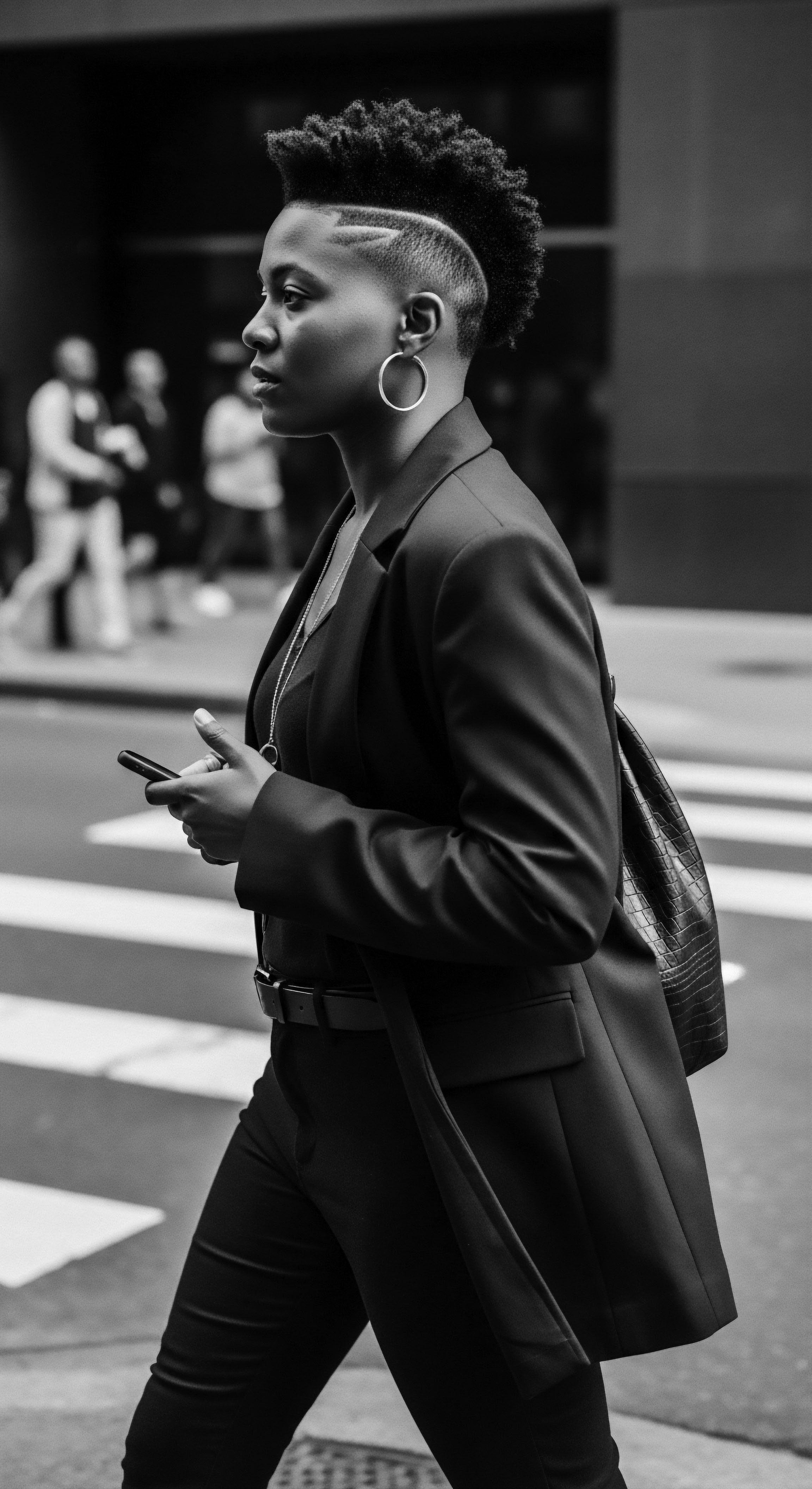
Roots
When we speak of textured hair, there is an ancient whisper carried on the wind, a memory etched in every coil and kink. This conversation between heritage and the discerning eye of modern scientific inquiry is not a mere academic exercise. For those of us whose strands defy simple categorization, whose hair carries the stories of countless generations, this exploration becomes a profound re-connection. We are not just examining cellular structures; we are tracing a lineage of understanding, a wisdom passed down through hands that knew intimately the rhythm and needs of this unique crowning glory.
The validation sought from today’s laboratories does not diminish the ancestral practices. Instead, it illuminates their enduring genius, offering a scientific vocabulary to describe truths long understood by instinct and tradition.

The Hair Fiber Its Ancestral Blueprint
At its very core, the textured hair strand is a biological marvel. Its elliptical or flat cross-section, a departure from the rounder cylindrical forms seen in many hair types, gives rise to the distinctive curl and coil patterns we admire. This architectural difference significantly influences the way light reflects, how moisture behaves, and where vulnerability might reside along the strand. Modern science, with its advanced microscopy and biochemical analyses, confirms what our ancestors likely observed ❉ these hair fibers are susceptible to breakage at the curves where the cuticle layers are more exposed and lifted.
Consider the cuticle , that outermost layer of protective scales. In highly coiled or kinky textures, these scales tend to be raised, providing less continuous overlap than on straighter strands. This structural reality means textured hair often presents with higher porosity, absorbing and releasing moisture with greater ease.
Ancestral care practices, rich in emollients and sealing agents, inherently understood this need for moisture retention, long before the terms ‘porosity’ or ‘hydrophobic lipids’ entered the scientific lexicon. They knew that rich butters and oils, like the shea from West Africa or the castor oil from the Caribbean, acted as guardians against the elements.
The distinctive structure of textured hair, with its unique elliptical cross-section and raised cuticle, explains its innate need for specific, moisture-retaining care practices, a truth known intuitively by ancestors.

Naming the Coil A Legacy of Classification
The ways we classify textured hair today, from numerical systems like ‘3a’ to ‘4c’, attempt to categorize the spectrum of coils, curls, and kinks. While these modern systems offer a shared language for stylists and product developers, it is worth pausing to consider the long, unwritten history of classification. Ancient African communities, for instance, possessed an intimate knowledge of hair types within their populations, discerning nuances based on texture, length, and growth patterns, often linking them to familial lines or social roles. These were not rigid, numerical grids, but rather lived, experiential taxonomies.
The language used to describe hair has always carried cultural weight. Terms like ‘kinky’ or ‘nappy,’ once wielded as insults during periods of enslavement and colonial oppression, are being reclaimed, re-infused with pride and heritage . This linguistic reclamation is a testament to the resilience of Black and mixed-race communities, transforming terms of denigration into affirmations of natural beauty. The scientific descriptions now align with this reclamation, showing that the unique qualities of textured hair are simply variations within human biology, not deviations from some perceived ‘norm.’
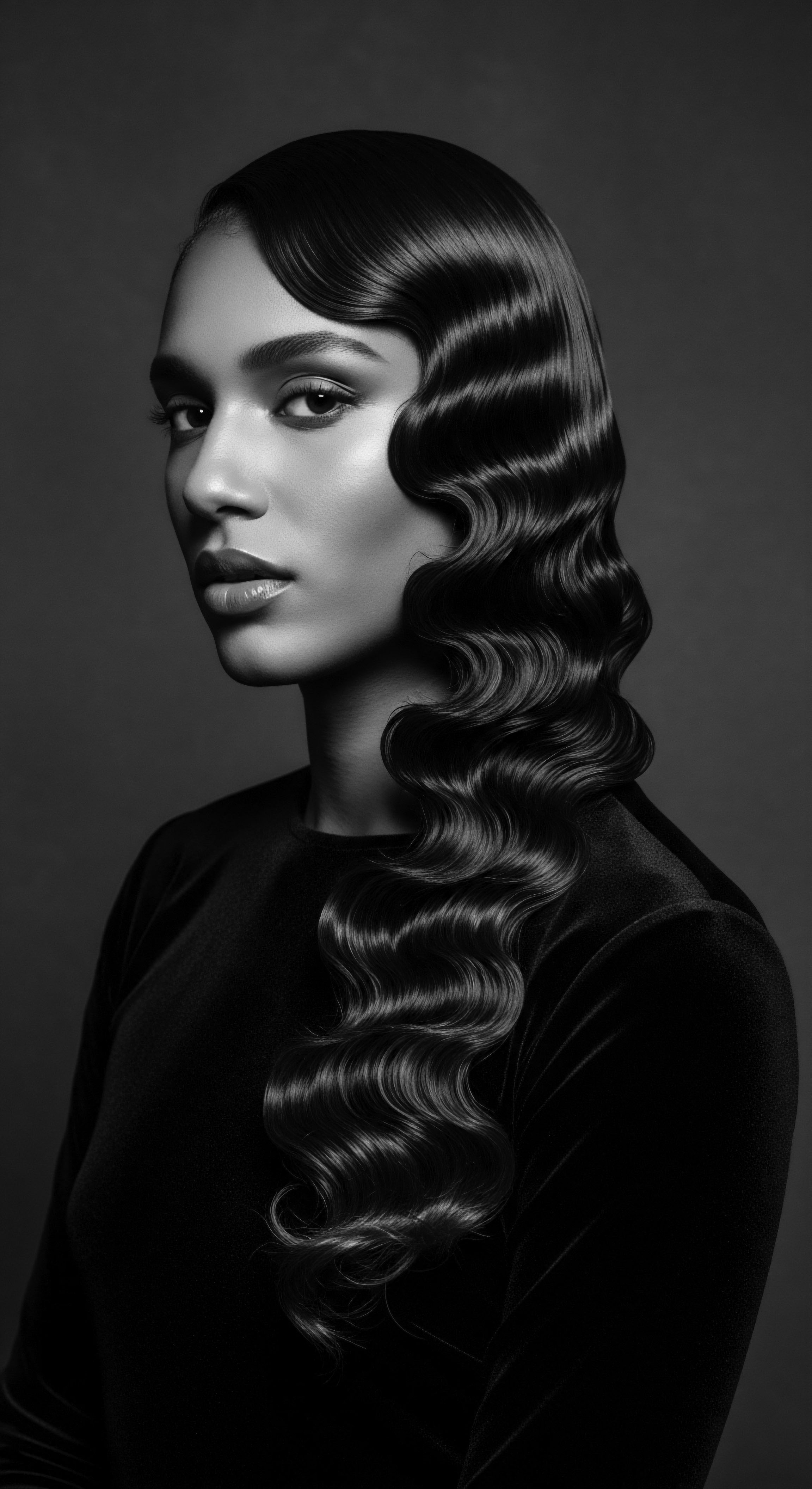
Historical Hair Nomenclatures Across Communities?
Across the African diaspora, different terms emerged to describe hair types, often reflecting local languages and cultural perceptions. These classifications, though unwritten in scientific journals of their time, guided specific care rituals and adornment choices. For example, in some West African cultures, terms might distinguish between tightly coiled hair that could hold intricate braids and looser curls more suited for pulling back with hairpins made from bone or wood.
- Yoruba ❉ Descriptions of hair texture might be tied to familial traits or even spiritual connections, influencing choices in headwraps and adornments.
- Zulu ❉ Hair preparations and styles were often indicative of social status, marital status, or age, implying a classification system based on how hair behaved under various treatments.
- African American Vernacular ❉ Terms such as ‘good hair’ or ‘bad hair,’ though born from oppressive beauty standards, highlight an internal, if problematic, classification system that spoke to hair’s manageability and perceived texture.

Cycles of Growth Ancient Observations and Modern Insights
Hair growth cycles – anagen (growth), catagen (transition), and telogen (rest) – are universal biological processes. Yet, the length of these phases can vary between individuals and even between different hair types. Textured hair, particularly tightly coiled strands, often has a shorter anagen phase compared to straight hair.
This means a strand of coiled hair may not reach the same lengths as a straight strand before it naturally sheds. This scientific observation provides a biological explanation for length retention challenges often experienced by those with highly textured hair.
Ancestral knowledge, without the aid of microscopes, understood these limitations. They focused on practices that maximized the potential of each strand within its natural cycle. This included gentle handling, protective styling that minimized manipulation, and consistent nourishment to create an optimal environment for growth.
The wisdom of patience, of working with the hair’s inherent nature rather than forcing it, stands as a cornerstone of these time-honored practices, a wisdom modern trichology now echoes. This deep reverence for the hair’s natural cycle, understanding its limits and its gifts, is a profound aspect of our shared textured hair heritage .
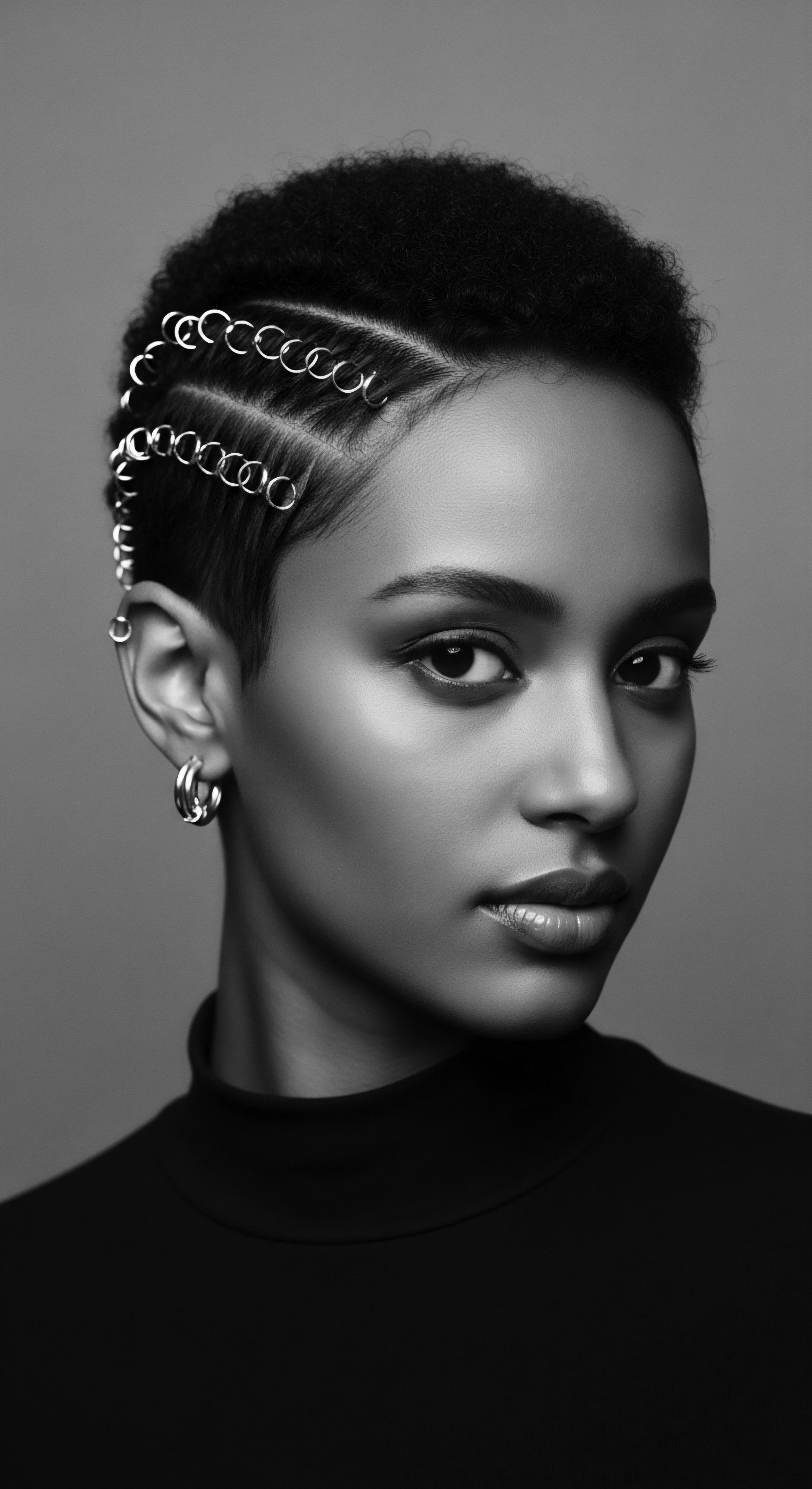
Ritual
The hands that braided, twisted, and styled textured hair through the ages were not merely adorners; they were guardians of health, conduits of artistry, and keepers of cultural memory . The elaborate styling rituals, far from being superficial acts, were often deeply practical, born from centuries of observation and innovation within diverse Black and mixed-race communities. Modern science, in its systematic approach, often finds itself validating the wisdom embedded in these time-honored practices, revealing the intricate synergy between tradition and physiological well-being.

Protective Styling A Legacy of Preservation
Consider the vast encyclopedia of protective styles ❉ braids, twists, locs, cornrows. These are not merely fashion statements; they are, and always have been, ingenious strategies for safeguarding fragile strands. By keeping the hair bundled and minimizing exposure to external stressors like friction, harsh environmental elements, and daily manipulation, these styles reduce breakage and allow for length retention. Modern scientific understanding of hair fiber mechanics confirms this efficacy.
When hair is styled into a protective form, the surface area exposed to mechanical stress is significantly reduced. This decreases the likelihood of cuticle damage and subsequent protein loss, which are primary contributors to hair breakage.
A powerful historical example of this protective ingenuity can be found in the cornrow braids worn by enslaved Africans. While serving practical purposes, these styles also became covert maps for escape routes, with rice grains and seeds hidden within the braids to sustain journeys to freedom (Bryant, 2017). This speaks not only to the practicality but also the deep heritage and ingenuity embedded in styling, where survival and cultural preservation were interwoven with hair care.
Protective styles, from ancient braids to contemporary twists, are ingenious methods rooted in heritage that scientifically minimize breakage and preserve hair length by reducing external stress on individual strands.
The ancestral roots of these styles span continents and centuries. From the intricate patterns of Fulani braids in West Africa, indicating status or marital standing, to the tightly wound Bantu knots of Southern Africa, used to prepare hair for stretching and styling, each practice was a form of protective care. These were designed not just for aesthetics, but to keep the hair healthy under varying climates and daily activities.
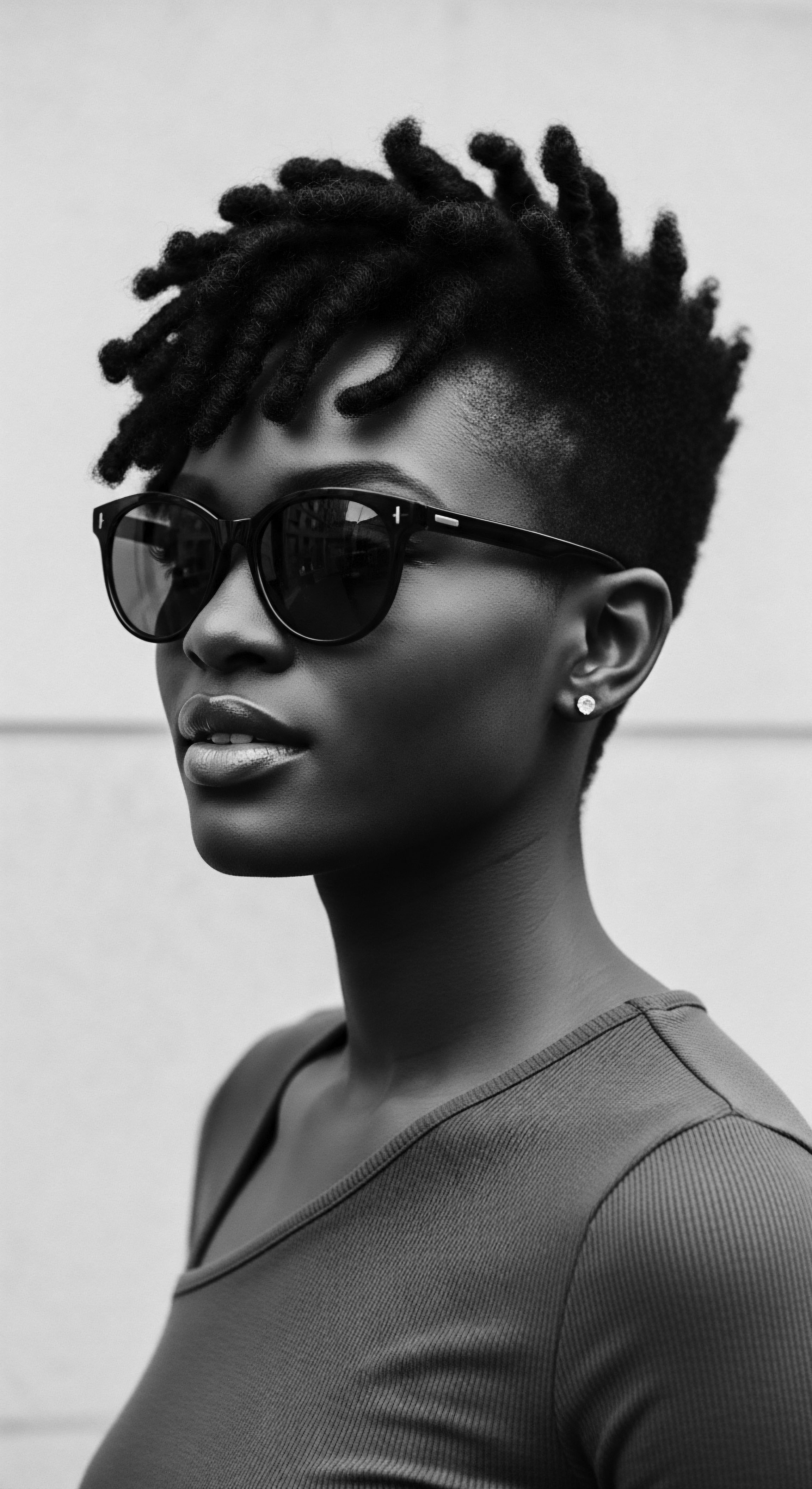
How Does Traditional Styling Preserve Hair Health?
Traditional styling techniques, such as braiding and twisting, effectively manage textured hair by keeping individual strands aligned and grouped. This bundling action reduces friction between strands, a common cause of cuticle abrasion and subsequent breakage. The practice also helps to evenly distribute natural scalp oils, often encouraged by the application of additional lubricants like those from the castor bean , known since ancient times for its emollient properties.
| Traditional Practice Protective braiding/twisting |
| Observed Benefit (Ancestral Wisdom) Hair stays neat, less tangling, retains length. |
| Scientific Validation (Modern Understanding) Reduces mechanical stress on strands, minimizes cuticle damage and breakage, aids moisture retention. |
| Traditional Practice Using plant oils (e.g. shea, castor) |
| Observed Benefit (Ancestral Wisdom) Hair is soft, shiny, less dry. |
| Scientific Validation (Modern Understanding) Oils act as emollients, reduce water loss (occlusive barrier), lubricate strands, and improve elasticity. |
| Traditional Practice Scalp massages |
| Observed Benefit (Ancestral Wisdom) Promotes growth, feels good. |
| Scientific Validation (Modern Understanding) Increases blood circulation to hair follicles, potentially improving nutrient delivery and stimulating growth. |
| Traditional Practice These practices demonstrate an intuitive understanding of hair biology, passed down through generations, now affirmed by scientific study. |

Natural Styling and Definition A Continuum of Techniques
The quest for natural curl definition is not new. Generations have perfected methods to enhance the inherent beauty of coils and kinks. Techniques like finger coiling , the deliberate shaping of individual curl clumps, or wash-and-gos , which rely on the hair’s natural pattern, reflect an ancient appreciation for the hair’s intrinsic design.
These methods, refined over centuries, are now understood through the lens of polymer science and surface chemistry. Products designed to define curls often contain humectants that draw moisture to the hair and film-forming polymers that encapsulate the hair, helping the curl pattern to hold its shape by reducing frizz and shrinkage caused by humidity.
The choice of cleansers also varied across historical contexts. Many ancestral communities used plant-based ingredients like saponins from certain barks or berries to cleanse the hair gently, avoiding the harsh stripping of natural oils. Modern science aligns with this, advocating for sulfate-free or low-lather shampoos that maintain the hair’s moisture balance, crucial for textured strands. This delicate balance, between cleansing and preserving, was a traditional wisdom that is now widely promoted.

The Enduring Legacy of Adornment
Wigs and hair extensions, often perceived as modern trends, hold a deep historical and cultural significance for Black and mixed-race communities. In ancient Egypt, intricate wigs were worn by both men and women as symbols of status, protection from the sun, and for ceremonial purposes. These were not merely aesthetic choices; they were often meticulously crafted from human hair, wool, or vegetable fibers, sometimes treated with resins and oils to maintain their form and luster. The practice speaks to an early understanding of hair as a mutable form, capable of transformation and symbolic expression.
Similarly, the use of hair extensions can be traced to various African tribes where added hair, whether from animal fibers or other human hair, was used to create elaborate, ceremonial hairstyles. These additions often signified rites of passage, marital status, or power within the community. The application techniques, though perhaps lacking modern adhesives, relied on skilled braiding and knotting, demonstrating an advanced understanding of hair manipulation and attachment.
Modern scientific advances in hair fiber strength and attachment methods simply refine these ancient principles, allowing for more secure and less damaging integrations. The very concept of hair as a malleable medium for identity and expression is a profound part of this collective heritage .

Relay
The rhythmic application of oils, the deliberate wrapping of strands, the conscious selection of what touches our hair as we sleep – these are not random acts. They are the living cadence of a regimen of radiance, a sophisticated dance between the daily needs of textured hair and the profound ancestral wisdom that guides its care. Modern scientific inquiry, rather than offering entirely new paths, often serves to illuminate the ‘why’ behind these deeply rooted practices, providing a granular understanding of the chemistry and biology that our forebears understood through observation and successful outcome. This intersection reveals a powerful continuity, a heritage of wellness passed through generations.
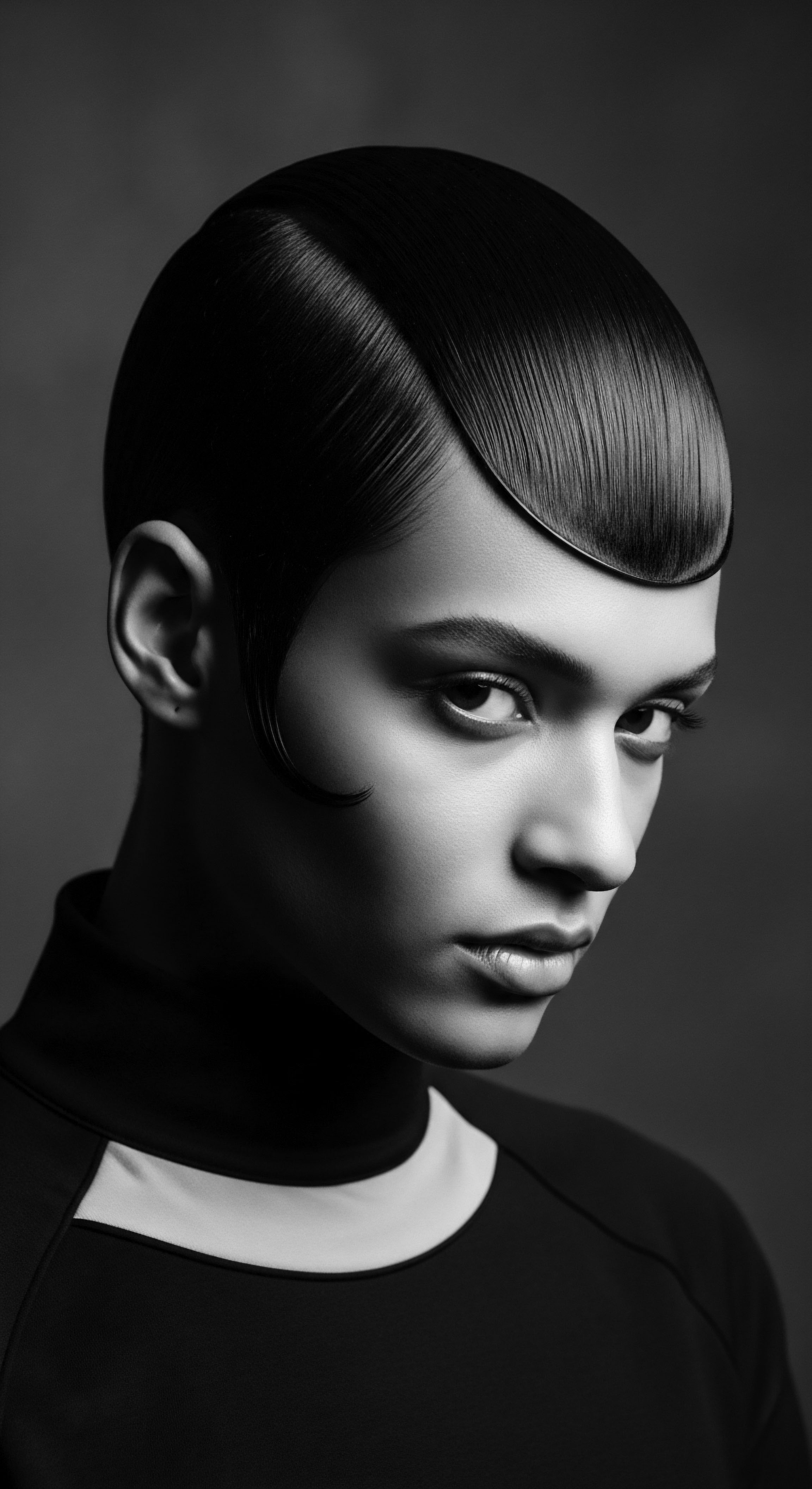
Crafting Personalized Regimens Ancestral Blueprint Meets Modern Science
The concept of a ‘regimen’ might feel like a modern, systematized approach, but the careful, consistent attention to hair care has always been central to textured hair traditions. Ancient communities understood that hair health was intertwined with overall well-being, influenced by diet, climate, and even spiritual practices. They didn’t have detailed biochemical analyses of ingredients, but they knew which plants provided slip, which oils sealed moisture, and which routines yielded the most vibrant results for their hair types.
Today, scientific understanding of the hair’s macromolecular structure and its interaction with various compounds allows us to personalize regimens with unprecedented precision. For instance, understanding the optimal pH range for textured hair (slightly acidic) validates the traditional use of acidic rinses, like apple cider vinegar, which help to flatten the cuticle and reduce frizz. The knowledge that textured hair tends to lose moisture quickly due to its raised cuticle explains the historical emphasis on layering products ❉ a hydrating leave-in, followed by an oil or butter to seal. This layering, often referred to as the LOC (Liquid, Oil, Cream) or LCO (Liquid, Cream, Oil) method in contemporary natural hair circles, is a formalization of an ancient intuition.
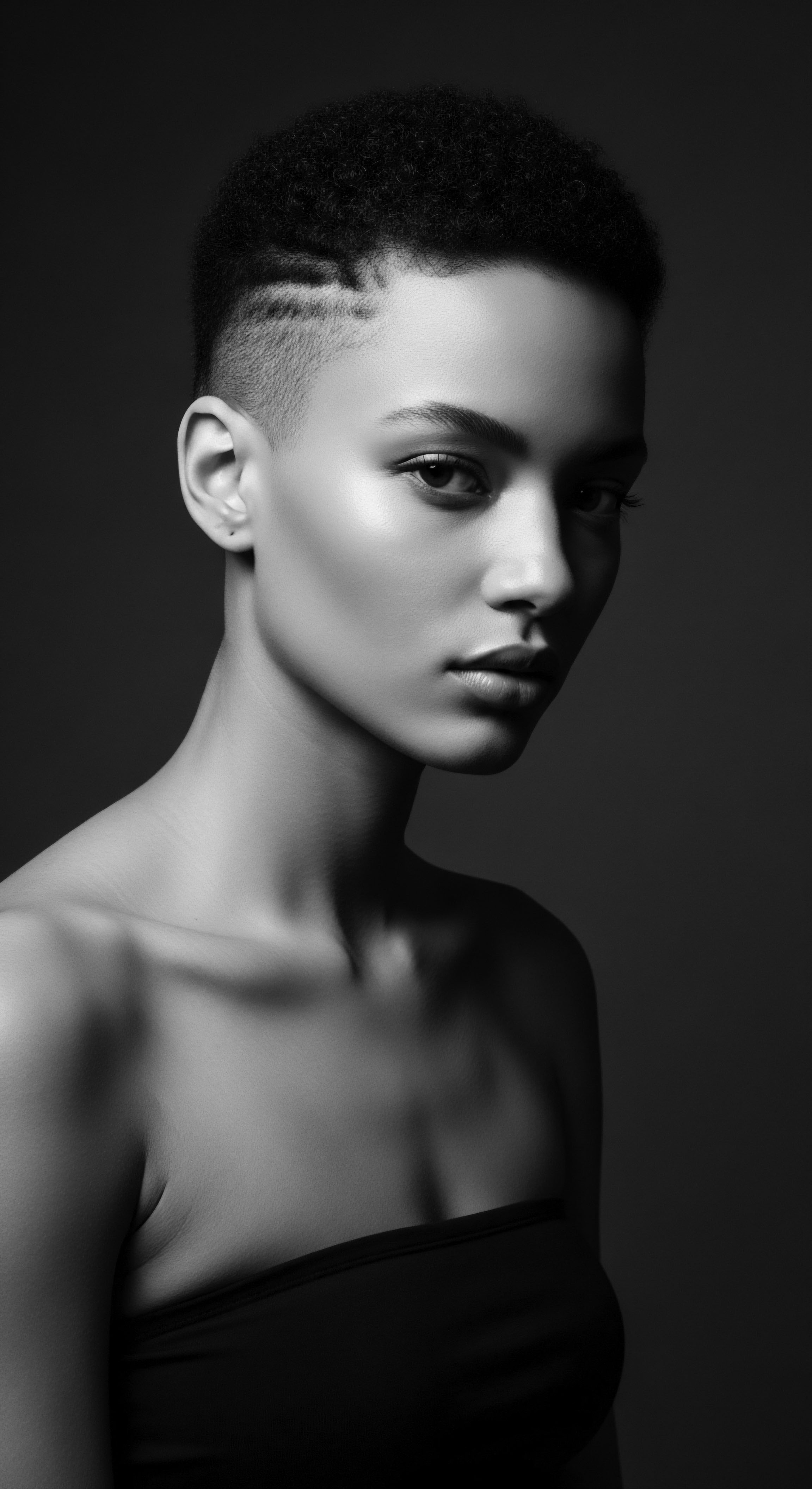
How Do Environmental Factors Shape Hair Regimens?
Our ancestors lived in diverse environments, from arid savannas to humid rainforests, each presenting unique challenges for hair care. Their regimens adapted accordingly. In dry climates, the emphasis would be on heavy, occlusive butters and oils to prevent moisture evaporation. In humid regions, lighter ingredients that prevented excessive swelling and frizz might have been preferred.
Modern science studies the impact of humidity , UV radiation , and pollution on hair, confirming that environmental adaptation is a scientifically sound practice. This environmental responsiveness in hair care is a direct inheritance from ancestral practices.
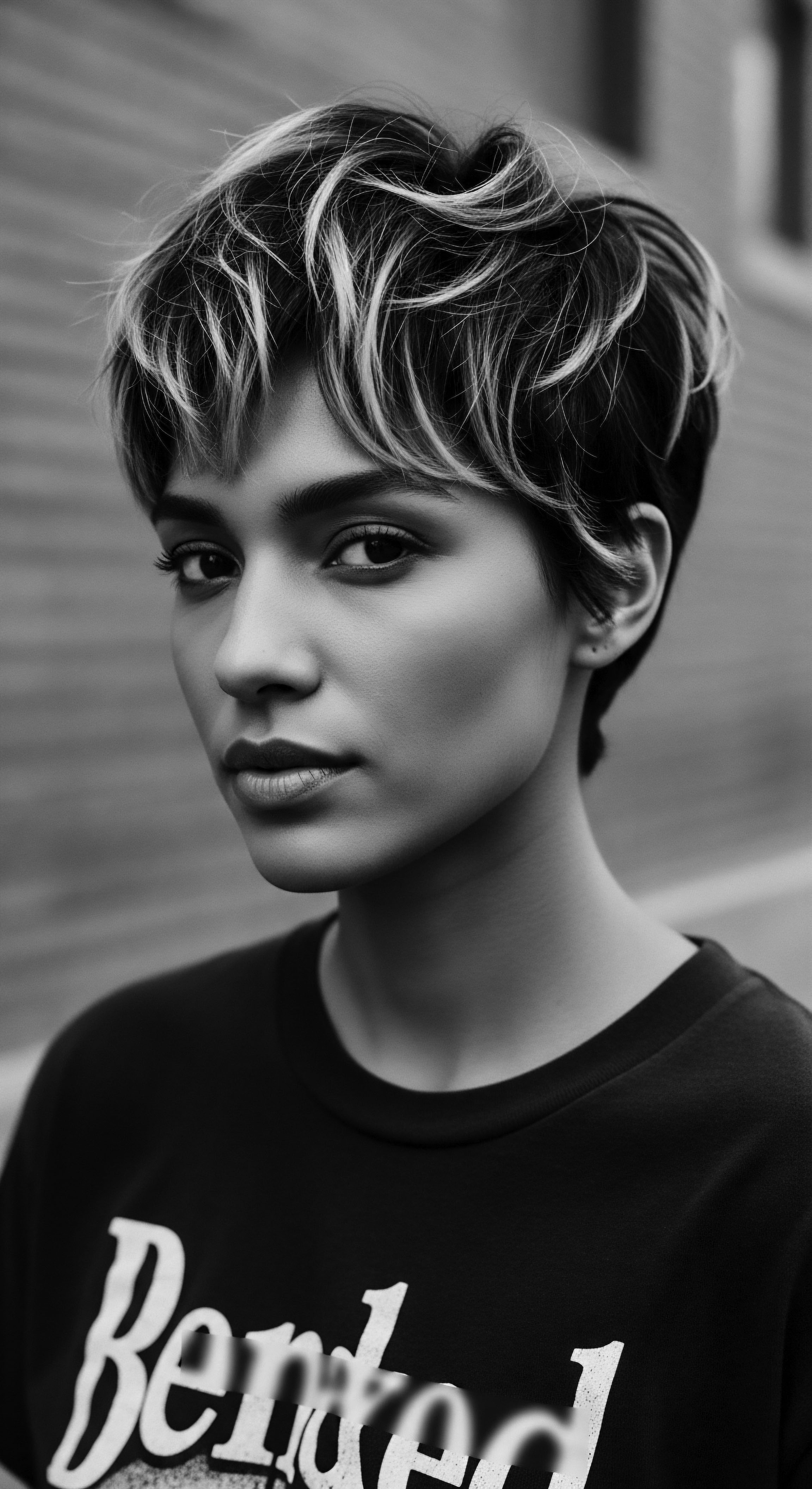
The Nighttime Sanctuary The Bonnet and Beyond
The ritual of nighttime hair protection, particularly the donning of a satin or silk bonnet, is more than a comfort; it is a profound act of preservation, deeply rooted in the heritage of textured hair care. For centuries, various forms of head coverings were used for hair protection and modesty across African cultures. The modern bonnet, typically made of smooth materials like satin or silk, minimizes friction between the hair and coarser fabrics like cotton pillowcases. This friction can lead to cuticle damage, tangling, and ultimately, breakage, especially for delicate textured strands.
From a scientific standpoint, satin and silk fabrics have a smoother surface at the microscopic level compared to cotton. This reduces the coefficient of friction , meaning there is less resistance and pulling on the hair as one moves during sleep. Additionally, these materials are less absorbent than cotton, allowing the hair to retain its natural moisture and any applied products, rather than transferring them to the pillow.
This scientific explanation validates the centuries-old observation that covering the hair at night preserved its integrity and moisture. It is a testament to the fact that our ancestors, through empirical knowledge, arrived at solutions that modern textile science and hair biology now uphold.
Beyond the bonnet, nighttime rituals often included pre-braiding or twisting hair to prevent tangling. This strategic grouping of strands further minimizes manipulation and friction, setting the stage for easier styling in the morning. This practice reduces the mechanical stress placed on the hair during detangling, thereby preventing breakage and preserving the hair’s overall health.
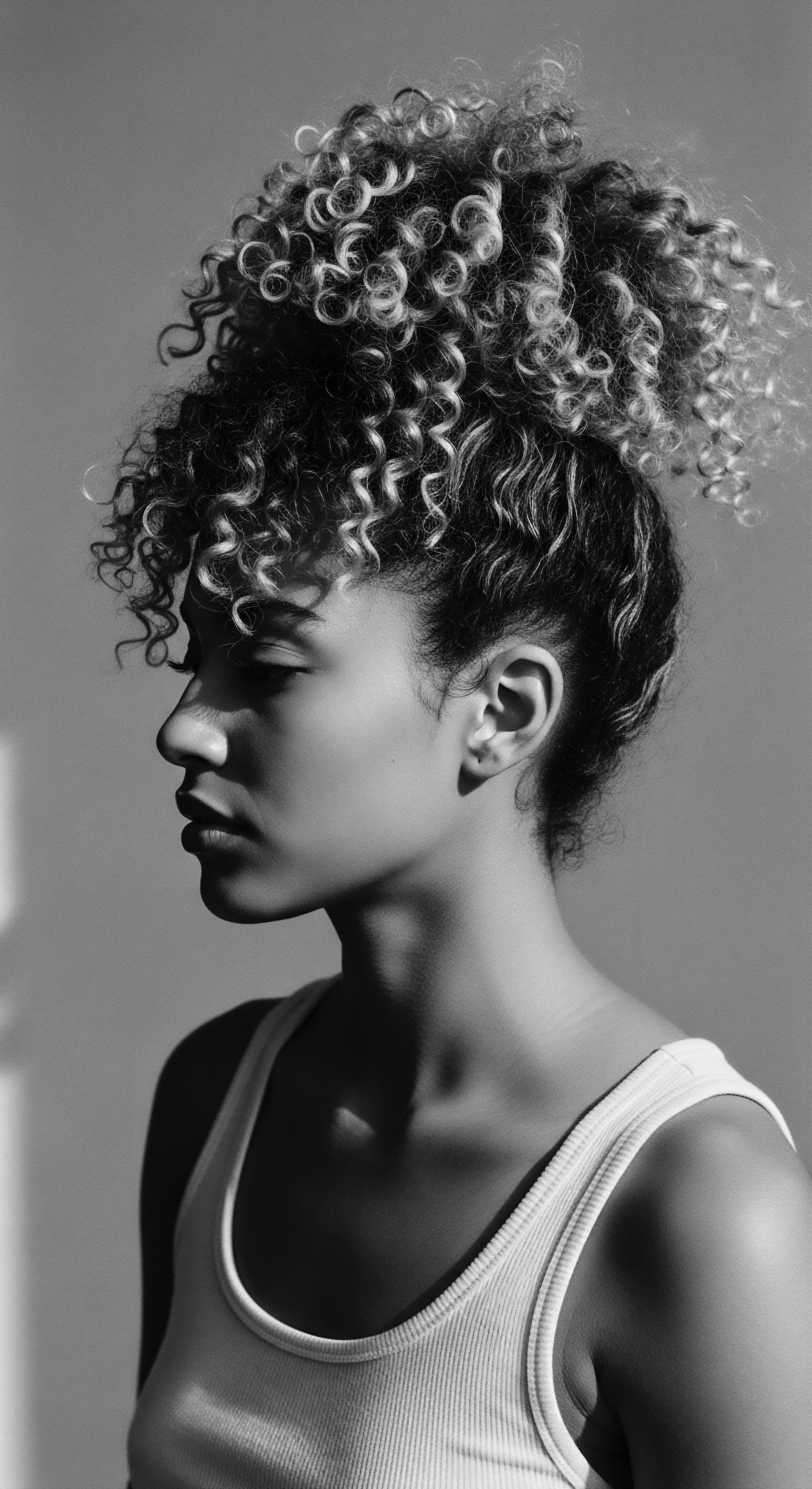
Ingredient Deep Dives Natural Potions and Their Potency
The pharmacopoeia of traditional textured hair care is rich with plant-based ingredients, each chosen for specific properties observed over generations. Shea butter , a staple across many West African communities, was prized for its ability to soften, moisturize, and protect. Modern chemistry confirms shea butter is rich in fatty acids (oleic, stearic) and non-saponifiable lipids, which create an occlusive barrier on the hair shaft, reducing transepidermal water loss and imparting luster . Its anti-inflammatory properties are also well-documented, benefiting the scalp.
Similarly, castor oil , particularly Jamaican Black Castor Oil, has a long history in Caribbean and African American hair care for its perceived ability to strengthen hair and promote growth. Scientific analysis reveals that castor oil is unique due to its high concentration of ricinoleic acid , a fatty acid with anti-inflammatory and antimicrobial properties that may contribute to a healthier scalp environment, indirectly supporting hair growth by minimizing issues that hinder it. The thick viscosity also provides a robust protective coating for the hair shaft.
Other ingredients like aloe vera , used for soothing and moisturizing, contain polysaccharides and glycoproteins that hydrate the hair and scalp. Rhassoul clay , traditionally used for cleansing, adsorbs impurities without excessively stripping natural oils due to its unique mineral composition. This convergence of traditional knowledge and scientific validation underscores a powerful truth ❉ the ancestral wisdom was not mere folklore, but a sophisticated, empirically derived science of hair.
Many cherished ancestral ingredients, such as shea butter and castor oil, contain specific chemical compounds whose benefits for textured hair are now scientifically affirmed.

Holistic Influences on Hair Health A Legacy of Wellness
Ancestral wellness philosophies often view hair not in isolation, but as an integral part of the body and spirit. Diet, hydration, stress levels, and even emotional well-being were understood to influence hair vitality. This holistic perspective is increasingly gaining traction in modern scientific and medical communities. Nutritional deficiencies, for instance, are known to impact hair growth and strength; a lack of essential vitamins and minerals can lead to brittle strands or even hair loss.
The cultural significance of hair for identity and self-expression, particularly within Black and mixed-race communities, also plays a psychological role in hair health. The act of caring for textured hair, often a communal ritual, can be a therapeutic experience, reducing stress and fostering a sense of connection. This psychosocial aspect, difficult to quantify with traditional scientific metrics, is a critical component of the overall well-being that ancestral practices inherently understood. The ‘Soul of a Strand’ ethos recognizes this profound connection ❉ hair care is self-care, which is also ancestral care, a continuous relay of wisdom.
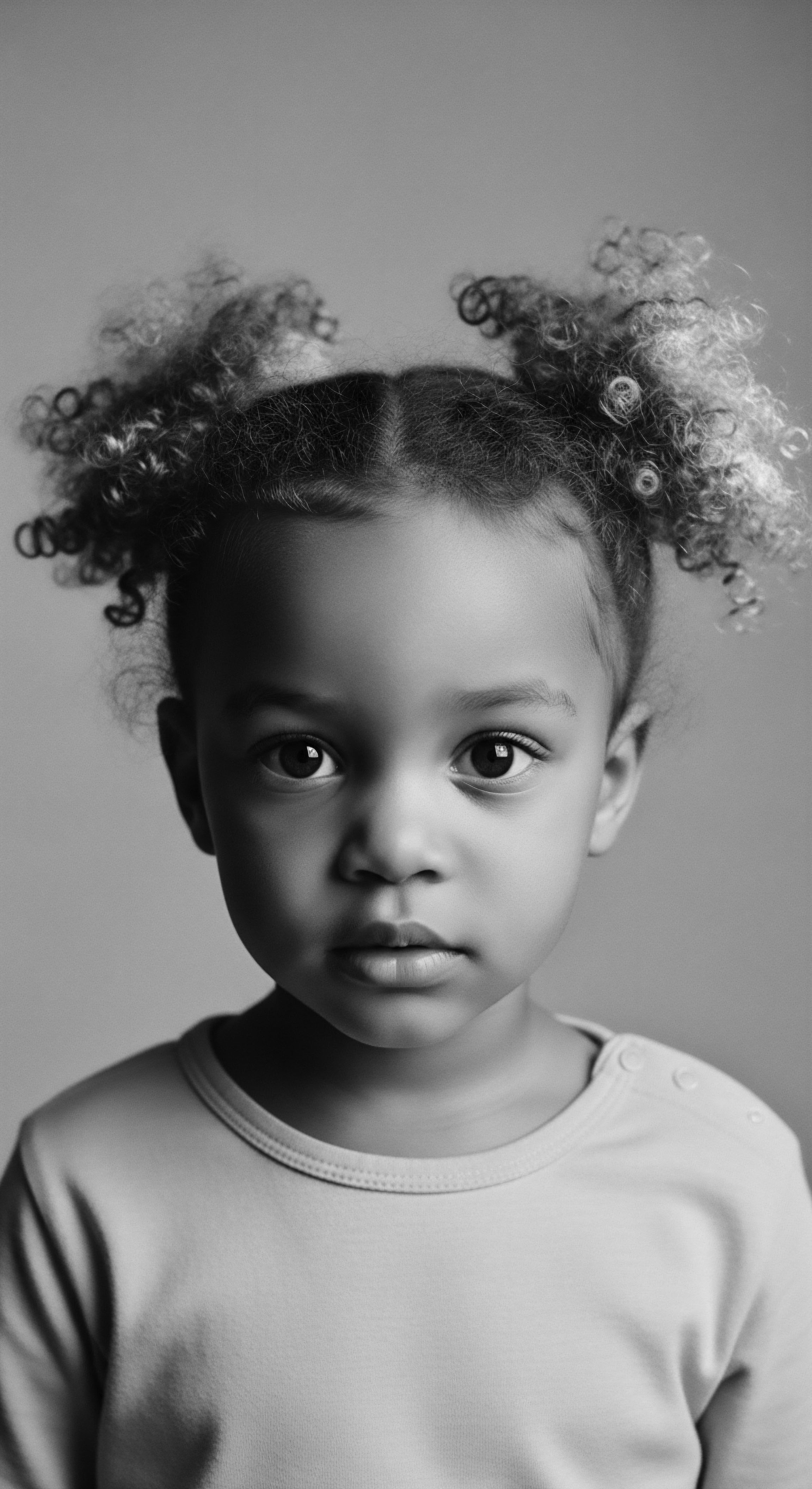
What Dietary Ancestral Practices Supported Hair Health?
Historically, diets rich in fruits, vegetables, lean proteins, and healthy fats, common in many ancestral African and diasporic foodways, naturally provided the building blocks for strong hair. These traditional diets, often plant-forward and minimally processed, were abundant in vitamins (like B vitamins, crucial for hair growth), minerals (iron, zinc), and antioxidants. The regular consumption of these nutrient-dense foods provided the internal sustenance for vibrant hair, a practice now championed by nutritional science for overall health.
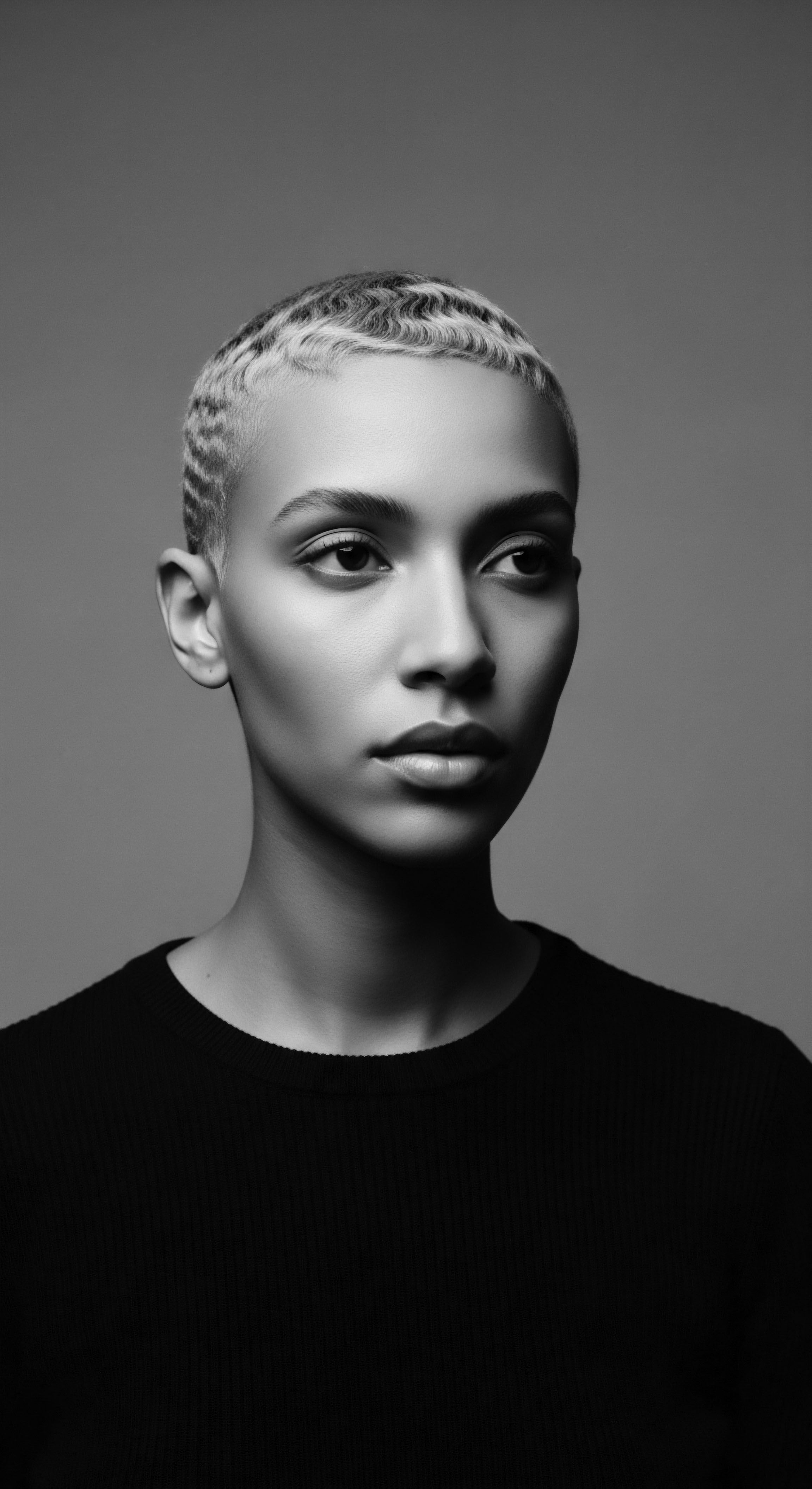
Reflection
The journey through the intricate world of textured hair care, guided by the question of whether modern science truly validates our age-old practices, unveils a profound tapestry of insight. It becomes clear that validation is not a superior judgment, but a harmonious echo across time. The scientific lens, with its ability to dissect, measure, and analyze, does not supplant the wisdom passed down through hands and whispers; rather, it amplifies its genius.
Every elliptical curl, every deeply coiled strand, holds within it the blueprint of survival, artistry, and ingenuity. The enduring heritage of textured hair care, from the ancient use of plant oils to the contemporary embrace of protective styling, stands as a testament to the deep intuitive understanding our ancestors possessed.
This ongoing conversation between the laboratory and the legacy assures us that the practices that have sustained and celebrated textured hair for generations are not merely anecdotal. They are, in their very essence, a sophisticated application of biological principles, a science born of lived experience and deep reverence. We find ourselves, now, at a place where the rich cultural significance of our hair is not only cherished but also illuminated by a renewed understanding of its elemental biology. The strand, in its unbound helix, continues to tell a story – a story of resilience, beauty, and the unbreakable connection to a past that perpetually informs our present and shapes a luminous future.
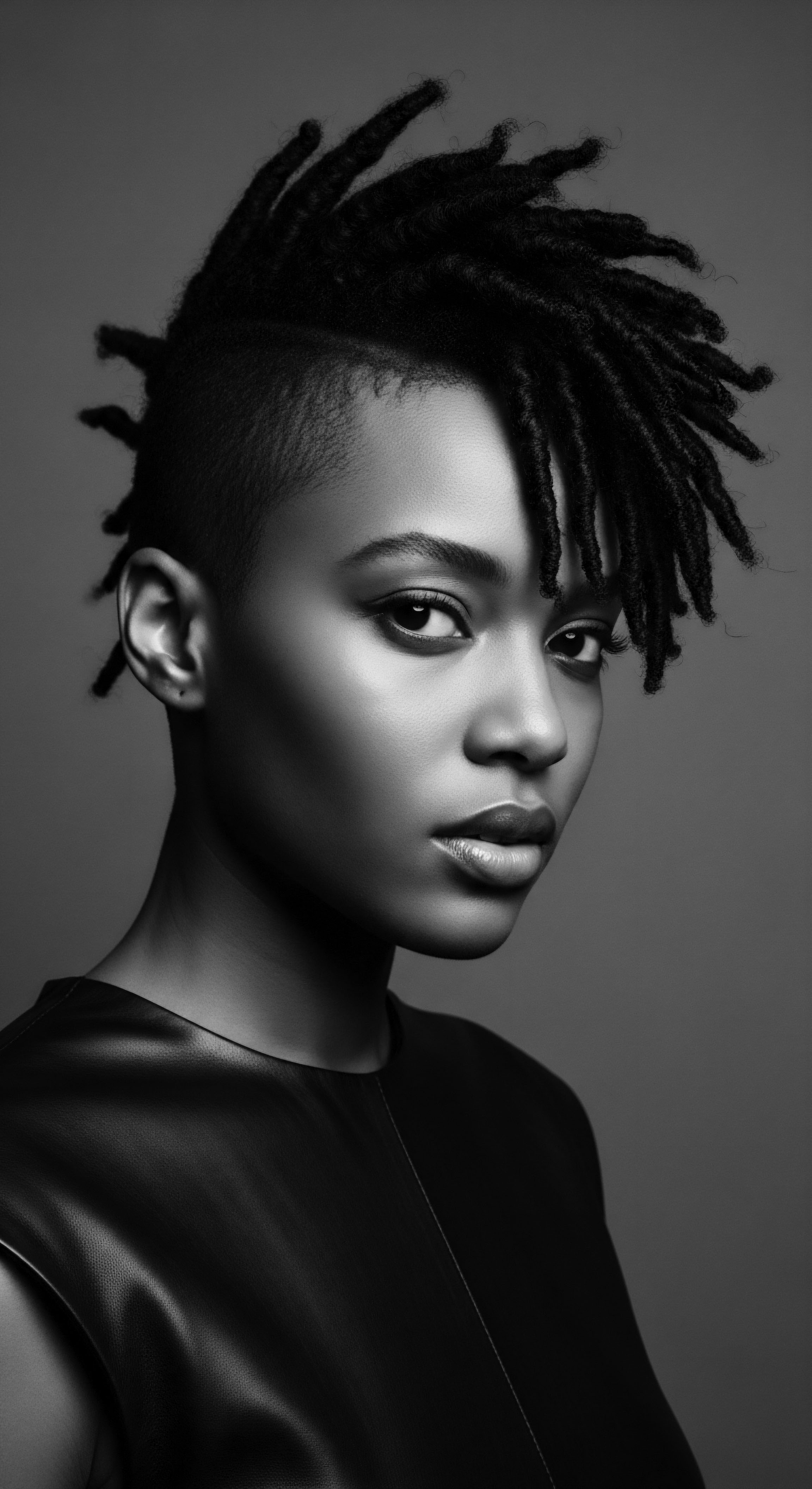
References
- Bryant, R. (2017). Hair Story ❉ Untangling the Roots of Black Hair in America. St. Martin’s Press.
- Draelos, Z. D. (2010). Hair Cosmetics ❉ An Overview. Journal of Cosmetic Dermatology, 9(1), 59-62.
- Gavazzoni Dias, M. F. R. (2015). Hair Cosmetics ❉ An Overview. International Journal of Trichology, 7(1), 2-15.
- Mohan, R. M. & Johnson, D. (2019). The Science of Hair ❉ An Introduction. CRC Press.
- Robbins, C. R. (2012). Chemical and Physical Behavior of Human Hair (5th ed.). Springer.
- Saddiq, A. A. & Al-Zoubi, S. K. (2016). Ricinoleic Acid ❉ A Review of its Therapeutic Properties. Asian Journal of Pharmaceutical and Clinical Research, 9(6), 28-32.
- Verma, N. et al. (2018). Traditional Herbal Medicines for Hair Care ❉ A Review. International Journal of Pharmaceutical Sciences Review and Research, 50(2), 170-176.
